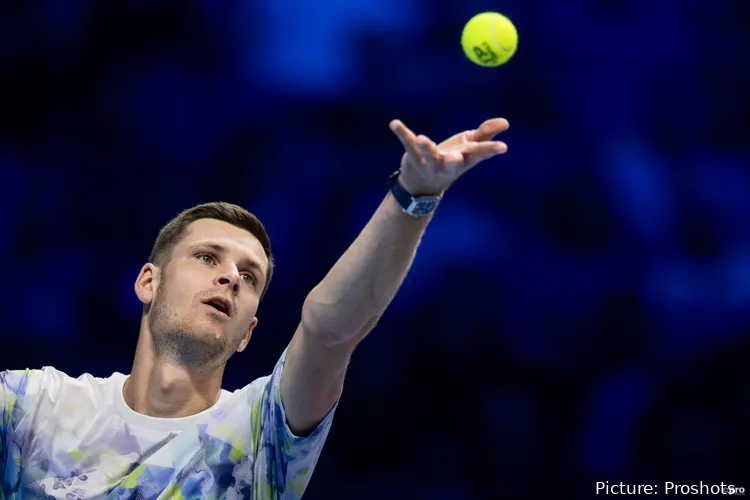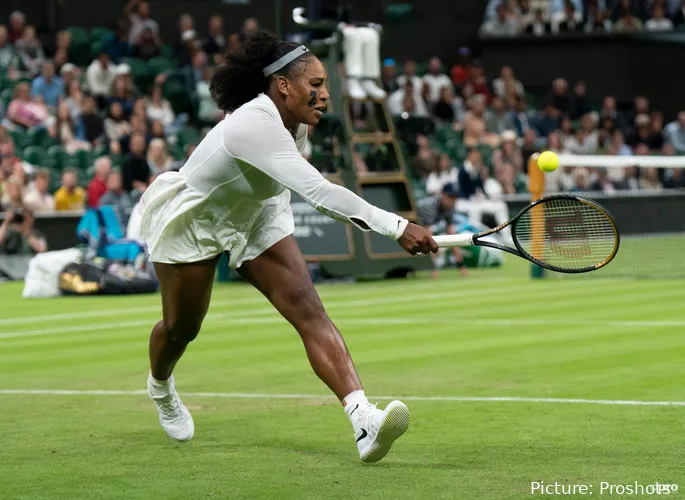MATCH REPORT | 2024 Davis Cup Finals: Felix Auger-Aliassime and Denis Shapovalov anchor Canada to opening Argentina win
Denis Shapovalov and Felix Auger-Aliassime, despite playing in front of a half-empty arena in Manchester, England, clinched Canada’s first point at the Davis Cup Finals. They achieved this by winning the dead rubber doubles match against Argentina.
In the Davis Cup tie played on hard courts indoors in Manchester, which suits Canada’s strengths over Argentina’s clay preferences, Denis Shapovalov faced Francisco Cerundolo in the first match. Shapovalov won decisively with a score of 7-5, 6-3. Despite both players making numerous errors, Shapovalov’s greater familiarity with the surface helped him secure the victory.
Denis Shapovalov, who made fewer unforced errors compared to Francisco Cerundolo in their match, overcame the clay court specialist with a 7-5, 6-3 victory. In the second match, Felix Auger-Aliassime defeated Sebastián Báez 6-3, 6-3. Auger-Aliassime’s performance was impressive, particularly in the opening set where he didn’t face a single break point and created several break opportunities, converting them to win 6-3. He then maintained his form to seal the match in straight sets.
Felix Auger-Aliassime reduced his unforced errors in the second set, delivering an even stronger performance. He quickly went 4-0 up against Sebastián Báez, and despite Báez breaking back, Auger-Aliassime secured the set 6-3, sealing the victory for Canada. Alongside Canada, Great Britain and Finland are also competing in Manchester. The teams are vying to advance to the knockout stages in Malaga later this year, with Canada having successfully passed their initial test.
The Davis Cup ties in Manchester, including Great Britain’s match against Argentina, were affected by a lack of spectators, with some tickets priced as low as £10. This low turnout highlights the challenge of attracting fans for tennis events outside of Wimbledon in the UK, where interest in the sport is often more focused on the grass-court Grand Slam. The struggle to fill the stands reflects a broader issue of drawing consistent crowds for tennis matches outside of the more prominent tournaments.







